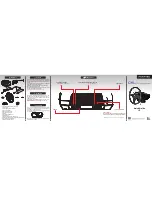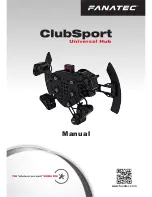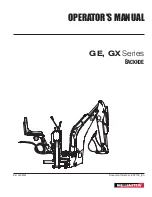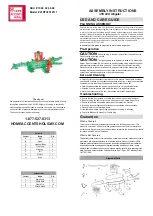Reviews:
No comments
Related manuals for Bikerace

CSL Elite Racing Wheel
Brand: FANATEC Pages: 2

CSL
Brand: FANATEC Pages: 8

Clubsport
Brand: FANATEC Pages: 35

GE Series
Brand: Wallenstein Pages: 48

DS-100
Brand: KDS Pages: 72

DDA Series
Brand: Kathrein Pages: 7

ESD 64
Brand: Kathrein Pages: 2

Fresnel
Brand: walimex Pages: 6

16280
Brand: walimex Pages: 10

UX16
Brand: Yamaha Pages: 33

AIC128-D
Brand: Yamaha Pages: 17

SL400
Brand: Harol Pages: 17

ER1
Brand: Cab Technology Pages: 10

975
Brand: Valor Pages: 5

TR850
Brand: Harol Pages: 16

HUD CRX-3001
Brand: Carax Pages: 2

21RT30312111
Brand: Home Accents Holiday Pages: 2

95-6556
Brand: Metra Electronics Pages: 4

















